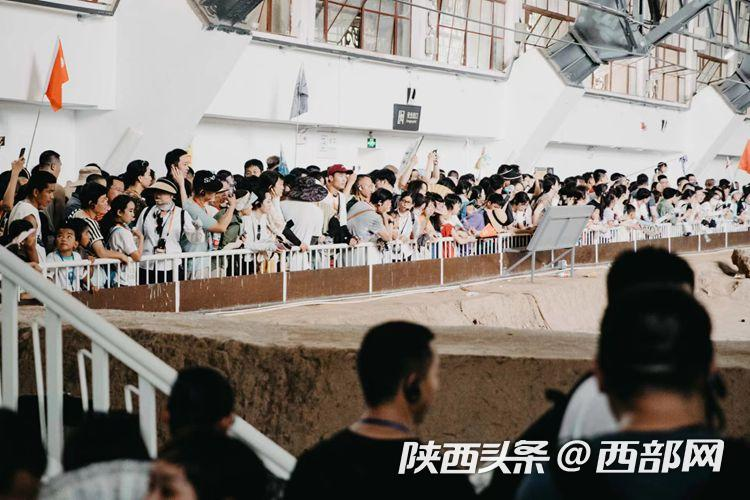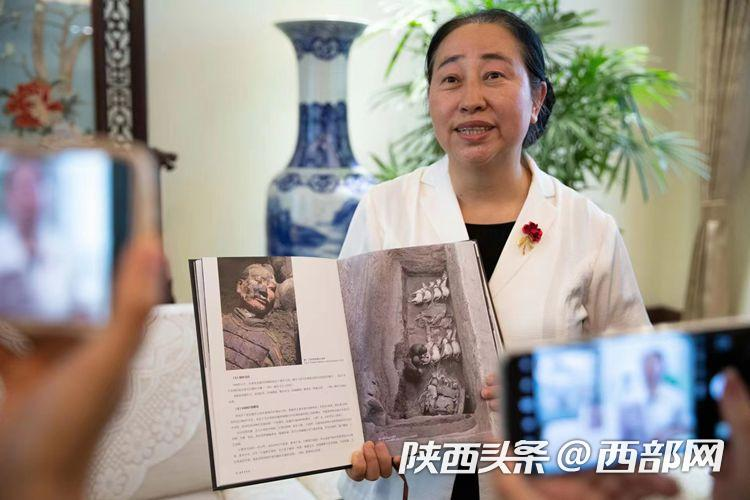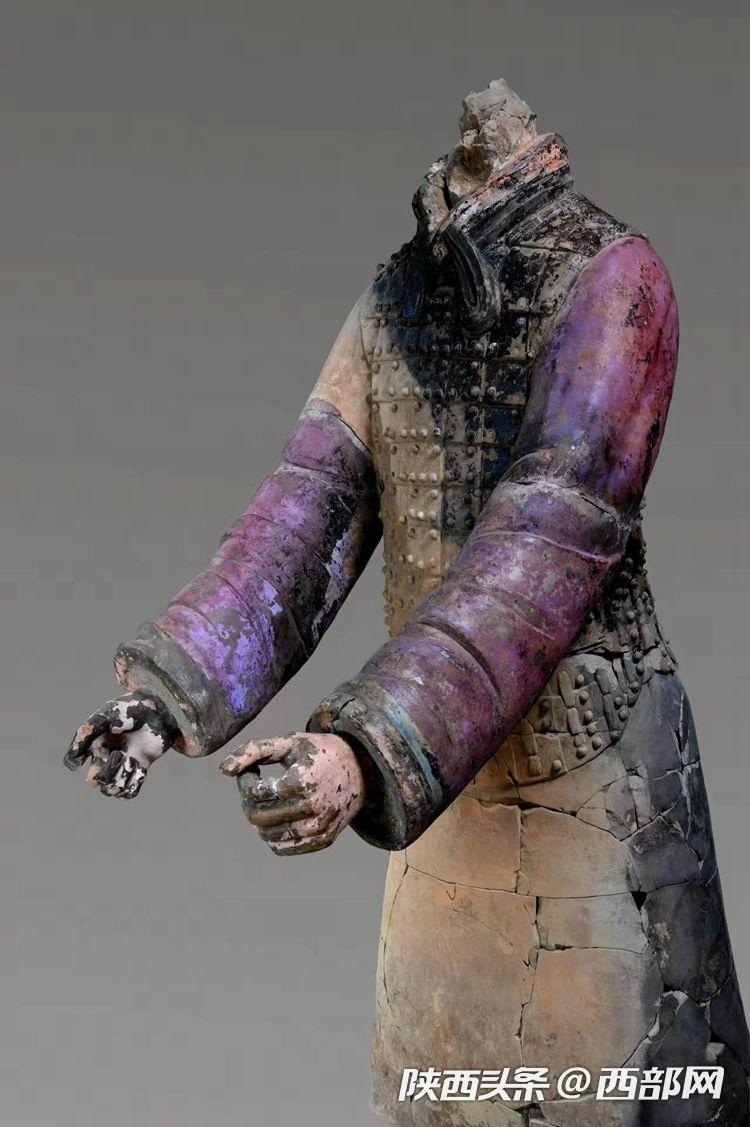Meet the underground army of the Qin Dynasty
2023-07-20 15:52:32 , Source : Discover ShaanxiRecently, the media group "Understand China from Cultural Relics" went to Emperor Qinshihuang's Mausoleum Site Museum, taking in the glory of the Qin Dynasty 2,000 years ago.
The mausoleum of the Qinshihuang is located at the northern foot of Lishan Mountain, with an area of about 56 square kilometers, and more than 600 burial pits and burial tombs have been found in the mausoleum area.
In March 1974, the Terracotta Army, which had been sleeping underground for more than 2,000 years, was discovered. Nearly 8,000 terracotta figurines and pottery horses that can be unearthed were excavated from the three burial pits. The terracotta figurines are all meticulously crafted. Even the eyebrows are sculptured delicately.

No. 1 pit of the Terracotta Army is full of tourists
From 2009 to 2022, Emperor Qinshihuang's Mausoleum Site Museum operated the third excavation of Pit No. 1 with an excavation area of about 400 square meters, more than 220 terracotta figurines and more than 1,000 pieces (groups) of carriage and horse tools, weapons, and production tools were unearthed. In addition, new progress has been made in protecting color painting on the relics and in relics restoration. More than 140 terracotta figurines have been restored since 2010.

Tian Jing, deputy director of Emperor Qinshihuang's Mausoleum Site Museum, is introducing the protection of the Terracotta Army

A terracotta warrior with bright painted colors
Tian Jing, deputy director of Emperor Qinshihuang's Mausoleum Site Museum, explained that craftsmen in the Qin Dynasty first coated the burnt terracotta figurines with a layer of raw lacquer, and then painted various bright colors on the raw lacquer layer. After 2200 years, by the time when the terracotta figurines and pottery horses were unearthed, the pigment layer and the raw lacquer layer had already aged badly. The raw lacquer layer was extremely sensitive to humidity. If the external environment was relatively dry after unearthing, the raw lacquer layer would shrink violently, accompanied with cracking, warping, and curling within just a few minutes, chipping from the pottery body.
"However, it's pretty comforting that the protection technology of ceramic cultural relics painting has made breakthroughs. We apply both anti-wrinkle shrinkage and reinforcement materials to protect the painted layer remaining in the terracotta figurine, wrapping it with plastic wrap, and then removing the plastic wrap after the painted layer is stable. With all the work, the painting can be preserved." Tian Jing said.

Government Organizations



Other Links

Copyright@www.shaanxi.gov.cn All Rights Reserved
Registration Number:陕ICP备10004160号
